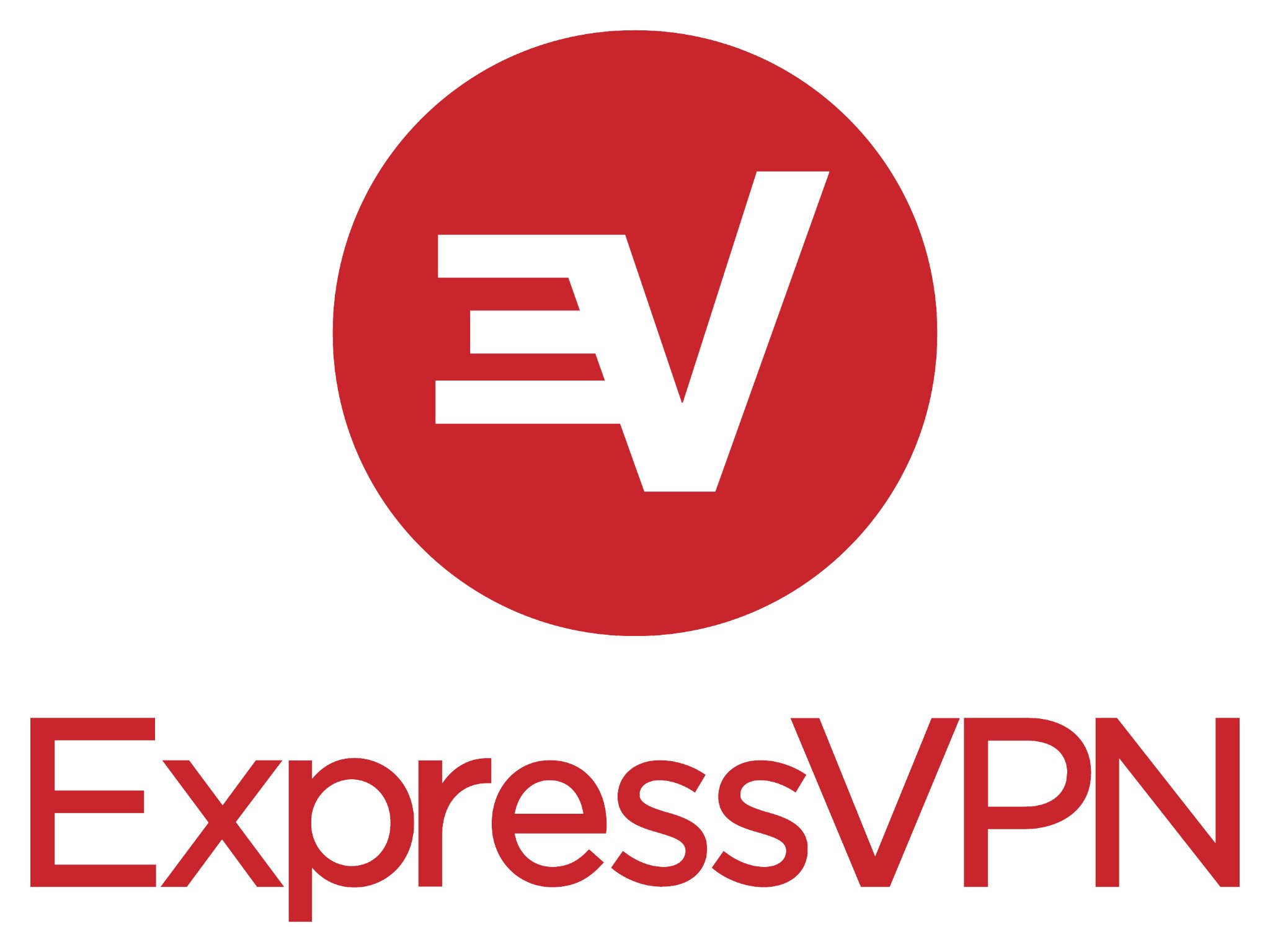One of the most annoying things when using the internet is coming across websites and webpages that are blocked or restricted. But sadly, this happens all the time.
There are a number of reasons why certain websites and webpages could be subject to blocks or restrictions. Firstly, they may be unavailable in your country or region as a result of geographical restrictions. Streaming platforms like Netflix, Amazon Prime Video and Hulu are often affected by these.
However, websites and webpages aren't just blocked or restricted based on where people live. Schools, businesses, and many other organizations impose blocks and restrictions on websites and online content that they deem to be inappropriate.
While internet blocks and restrictions are frustrating, it's possible to get around them by installing a virtual private network. This is an online tool that'll allow you to connect to international servers in order to circumvent geo-restrictions and access blocked websites. In this article, we explain the steps you need to take to unblock websites and banned webpages.
Unblocking websites and banned webpages
Before you can unblock websites and webpages, you'll need to sign up for a VPN service that's up to the task. The best services for this provide large global server networks, access to a range of blocked websites, easy-to-use apps for different devices and more.
You shouldn't find it too difficult to find a suitable VPN, as there are many excellent providers available. We've already ranked the best VPN services, which include ExpressVPN, Surfshark, NordVPN, IPVanish, and PIA VPN. All of these services offer great features, performance, apps, and value.
Once you've chosen a provider, here are the next steps you'll need to take in order to unblock websites and webpages:
- Choose and sign up for a subscription option. Most premium providers offer monthly and annual plans. Currently, one of the cheapest plans costs $2.50 per month and is offered by Surfshark.
- After signing up for a subscription, you'll need to download the provider's app onto your device. There should be apps for iOS, Android, Windows, Mac, Linux, and other popular platforms.
- If you want to unblock a geo-restricted website or webpage, you'll need to find a country where it's available and connect to a server there. For anyone looking to access websites and webpages blocked in a school or workplace, any server should do the trick as it'll hide your IP address and tell blocked websites that you're in a different location.
- When you've found and connected to a suitable server, just exit the VPN app and try loading the blocked website or webpage in your web browser. You should now be able to access it.
Now that you have downloaded and installed a VPN, you should find web browsing a much better experience than before. You won't have any issues when it comes to accessing websites and webpages that are affected by blocks and restrictions. But at the same time, you'll benefit from greater online privacy and security.
1. ExpressVPN: The absolute best VPN option for most people
This is our top pick for anyone looking to get started with a VPN. It offers a great mix of speed, reliability, outstanding customer service, and affordability. There is a 30-day money-back guarantee, so give it a shot today.
2. Surfshark VPN: The best cheap VPN out there
With plans starting out at about 8 cents per day, it's really hard to skip over Surfshark because it's a paid service. It offers a ton of great features that you'd expect from a VPN provider, and is super simple to use.
3. NordVPN: The most well-known VPN for security
NordVPN offers an insane amount of server locations that you can pick from and is one of the best services for unblocking streaming services. It's definitely the most well-known brand in the VPN space right now.



0 Response to "You Can See More: How to unblock websites and banned pages in 2020"
Post a Comment